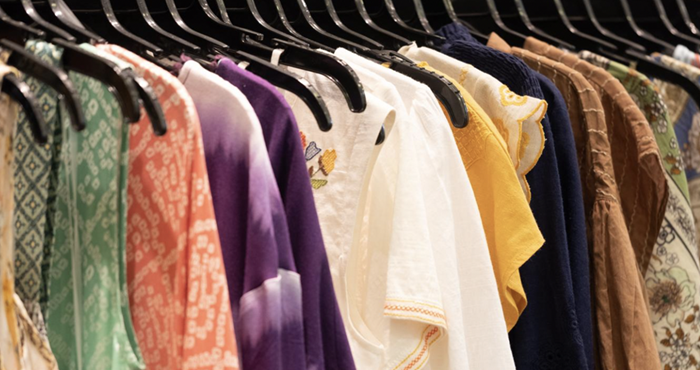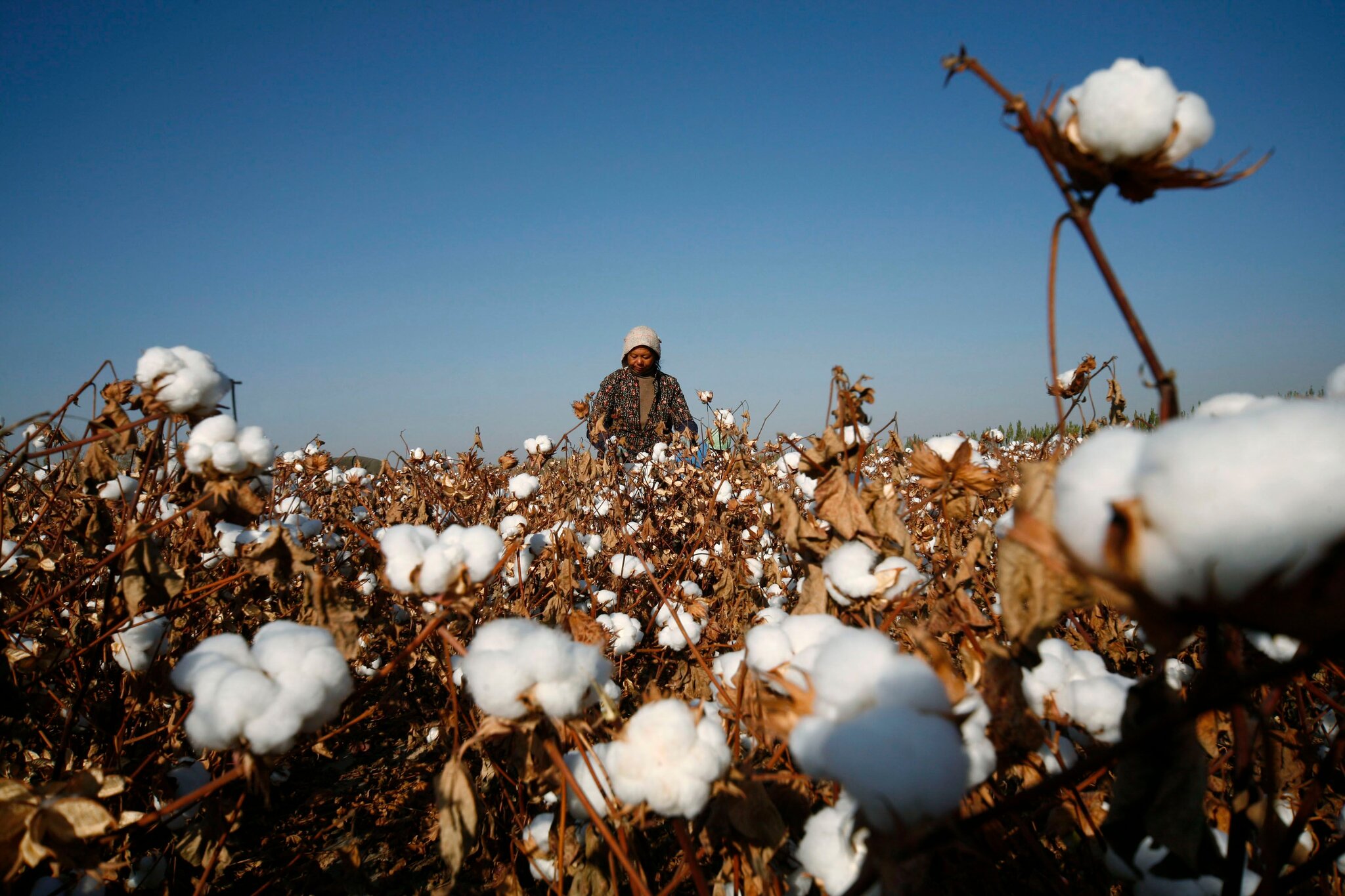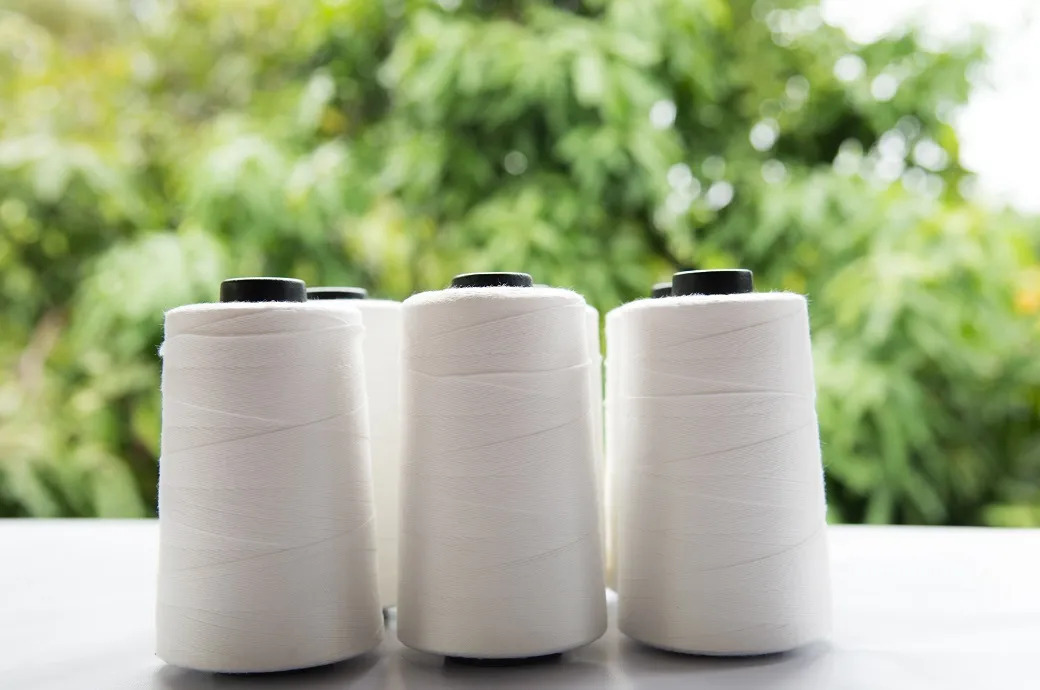
Bangladesh, a global apparel exports powerhouse, finds itself grappling with a complex economic crisis that is increasingly impacting its ready-made garment (RMG) sector. Falling imports, flagging business confidence, slowing GDP growth, rampant inflation, escalating energy costs, and dwindling private sector credit are together creating a ‘slow-burning crisis’ that threatens to unravel years of progress and global prominence. While recent data shows some resilience in apparel exports to key markets like the US, the underlying economic vulnerabilities and global shifts are a formidable challenge for them.
All about low imports, low confidence, low growth
The immediate alarm bells are ringing due to a fall in imports. A reported $10 billion import reduction is projected to lead to almost $20 billion economic shrinkage, highlighting the deep interconnectedness of Bangladesh's economy. This drop directly impacts production, especially for the apparel sector which relies heavily on imported raw materials like cotton and man-made fibers. When factories cannot import necessary inputs, production slows, orders are delayed, and eventually, jobs are at risk.
Economic indicators reflecting the crisis
• GDP growth: Bangladesh's GDP growth has slowed to its lowest since the COVID-19, reflecting a broader economic deceleration. The Asian Development Bank (ADB) has downgraded Bangladesh's growth forecast to 3.9 per cent for FY2024-25, a drop from earlier projections.
• Private sector credit: After months of decline, private sector credit saw a slight rebound in March 2025 to 7.57 per cent, primarily riding on import demand for essential commodities during Ramadan. However, this follows a 21-year low of 6.82 per cent in February 2025, reflecting a deep-seated struggle for businesses to access financing for investment and operations. A sharp rise in non-performing loans (NPLs) further aggravates the banking sector's capacity to extend fresh credit.
• Inflation: High inflation continues to erode purchasing power and increase operational costs for businesses. As of April 2025, point-to-point inflation stood at 9.17 per cent, with a 12-month monthly average of 10.21 per cent. This high inflationary environment pushes up wages and input costs, making Bangladeshi products less competitive.
• Energy xrisis: The ongoing energy crisis, with extended load shedding, acute gas shortages, and high fuel prices, is severely impacting industrial production. Many gas-reliant factories, particularly in the textile sector, are operating at a fraction of their capacity, forced to resort to costly alternatives like diesel or LPG, further escalating production costs. This has led to reports of production capacity being reduced by nearly 50 per cent in some areas.
• Business confidence and investment: Falling private sector credit and the overall economic uncertainty have led to a noticeable decline in business confidence and investment. This hesitancy in investment hinders modernization, diversification, and the ability to compete effectively in the global market.
Apparel export performance
While the overall economic picture is challenging, recent data from the Export Promotion Bureau (EPB) shows some encouraging signs for RMG exports in the first nine months of FY2024-25 (July 2024-March 2025).
Table: Bangladesh RMG exports (July 2024 - March 2025)
|
Category |
FY2023-24 (Jul-Mar) ($ bn) |
FY2024-25 (Jul-Mar) ($ bn) |
Year-on-Year Growth (%) |
|
Knitwear (Chapter 61) |
14.517 |
16.146 |
11.22% |
|
Woven (Chapter 62) |
12.771 |
14.099 |
10.40% |
|
Total RMG Exports |
27.288 |
30.246 |
10.84% |
Source: Export Promotion Bureau (EPB), Provisional Data
This growth in RMG exports to $30.2 billion in the first nine months of FY2024-25, alongside leading apparel exports to the US with a 26.64% growth in January-March 2025, suggests that the industry is still showing resilience and capturing some market share, possibly due to a shift away from China. However, the overarching economic headwinds, rising production costs, and potential loss of competitiveness post-LDC graduation mean that this growth cannot be taken for granted and requires strategic interventions.
A crisis despite export growth
The apparent paradox of continued apparel export growth amidst a broader economic crisis can be attributed to several factors that highlight the underlying vulnerabilities of Bangladesh's development model.
First is the reliance on low-cost Advantage. Bangladesh's apparel industry has historically thrived on its competitive advantage of low labor costs. While this has driven export volumes, it has also led to a dependence on low-value, basic garment manufacturing. As global demand shifts and production costs rise domestically, this traditional advantage is eroding, making the industry vulnerable to external shocks. The growth seen in the table above might be because of brands continuing to seek the lowest production costs globally, with Bangladesh still offering a competitive edge over some alternatives, or from a market correction as buyers diversify away from China.
Moreover, the apparel sector, despite being a major exporter, is heavily reliant on imported raw materials like cotton, synthetic fibers, dyes, and chemicals. The overall economic crisis is characterized by a severe foreign exchange shortage, which restricts the ability of businesses to open Letters of Credit (LCs) for these vital imports. Even if there are orders, a factory cannot fulfill them without the necessary raw materials. This creates a chokehold on production, leading to underutilization of capacity and potential job losses, even if the final export figures appear positive due to some factories managing to secure inputs or fulfilling backlogs.
While export volumes might be up, the profits of these exports is under immense pressure. Rising costs of energy, higher minimum wages, high bank interest rates, and the depreciation of the Taka (making imports more expensive) are eroding profit margins. Many small and medium-sized enterprises (SMEs) are struggling to stay afloat. The growth in the data table might reflect higher revenue, but not necessarily higher profitability or sustainability for the majority of businesses.
The persistent high inflation and devaluation of the Bangladeshi Taka are central to the crisis. While a devalued currency can theoretically make exports cheaper and more competitive, the benefit is often offset by the increased cost of imported raw materials and essential goods. This creates a vicious cycle where businesses face higher operational costs, consumers face diminished purchasing power, and overall economic activity slows down. The export growth might be a result of currency depreciation making Bangladeshi goods cheaper on the international market, but this comes at the cost of domestic economic stability and the purchasing power of the population.
Despite ambitions, Bangladesh's export basket remains overwhelmingly dominated by basic apparel. There has been insufficient investment in diversifying into higher-value products (e.g., technical textiles, sophisticated fashion) or strengthening backward linkages to produce more raw materials domestically. This dependence on a single product category makes the economy highly susceptible to fluctuations in global apparel demand and trade policies. The growth seen in the data table doesn't necessarily indicate a move up the value chain, but rather continued reliance on the existing low-cost model.
And falling private sector credit, high interest rates, and overall economic uncertainty have led to a palpable decline in business confidence and new investment. Businesses are hesitant to expand or modernize when faced with such unpredictable conditions. This lack of investment hampers the industry's ability to adapt to changing global demands, innovate, and improve efficiency, which are crucial for long-term competitiveness, especially with upcoming challenges like LDC graduation. The export growth may be coming from existing capacities rather than new investments.
At the same time, deeper structural issues contribute to the crisis. These include a banking sector struggling with non-performing loans, limited access to foreign currency for LCs, and issues of corruption and inefficient governance that hinder a predictable and supportive business environment. These systemic weaknesses prevent the country from fully leveraging its export potential and building a more resilient economy.
In essence, while apparel exports show some numerical growth, this growth is occurring within a constrained and increasingly costly operating environment. The "crisis" is not necessarily a sudden collapse of exports, but rather a slow erosion of profitability, investment, and broader economic stability, making the overall economic situation precarious despite the headline export figures.
Impact on the ground
• Small and Medium Enterprises (SMEs): Many small garment factories, operating on razor-thin margins, have been forced to cut production or even close down due to the inability to manage rising input costs, energy shortages, and declining orders. They lack the capital to invest in alternative energy sources or advanced machinery.
• Worker wages and labor unrest: The low wages in garment sector, coupled with high inflation, have led to labor unrest and demands for higher minimum wages. While a new minimum wage was set, the economic pressures make it challenging for factories to absorb these increased costs, potentially leading to further production cuts or job losses.
• Diversification challenges: While the industry is trying to move up the value chain by producing higher-value products like sportswear and technical garments, the lack of investment in man-made fibers (MMF) and specialized machinery hinders this diversification. Bangladesh lags behind peers like India and Vietnam in MMF integration.
Addressing the challenge
To navigate this "slow-burning crisis" and ensure the long-term sustainability of its apparel export sector, a concerted effort from both stakeholders and the government is imperative.
Government’s plans and proposed measures
Several fiscal reforms and incentives could help the sector cope up. For example, apparel industry are advocating for a full exemption of VAT on goods and services integral to garment production and export, including backward linkage industries. Scrapping VAT on recycled fiber and textile waste to support circular economy initiatives, and removing duties and taxes on man-made fibers and specialized machinery to facilitate diversification into higher-value products is one way.
The government also needs to apply the existing sector-specific corporate tax rate uniformly across all income sources to ensure a level playing field. It should explore targeted tax relief measures for struggling sectors within the apparel industry. Production should be made more cost-effective. And offering subsidized interest rates for salary and working capital loans to support operational stability is also important.
In energy sector reforms signing long-term LNG import agreements with countries like the US could ensure a stable and affordable gas supply. It’s important to invest in renewables and actively promoting and incentivizing solar energy and other renewable sources for factories to reduce reliance on fossil fuels and mitigate energy costs. Factories should be urged to adopt energy-efficient technologies and practices.
Boosting competitiveness post-LDC graduation
As Bangladesh prepares for its post-LDC status, efforts are underway to secure continued trade benefits and strengthen export resilience. Key among these is meeting GSP+ eligibility criteria, particularly in labor rights, to retain preferential EU market access beyond 2026. Simultaneously, the industry is pushing for product and market diversification, focusing on higher-value apparel and exploring new global markets to boost export earnings.
To enhance supply chain independence, backward linkages are being strengthened through incentives for local raw material production. Infrastructure improvements are also central to the strategy, with a focus on modernizing ports and reducing logistics costs—notably targeting efficiency upgrades at Chattogram Port and long-term logistics cost reduction by 2030.
On the diplomatic front, Bangladesh is intensifying trade negotiations with the US, seeking zero tariffs on exports and aiming to balance trade by increasing imports of US agricultural products. These measures collectively aim to ensure a smooth transition post-LDC graduation and enhance Bangladesh’s competitiveness on the global stage.
Stakeholders' strategies
Apparel industry stakeholders—BGMEA, BTMA, and factory owners—are implementing multi-pronged strategies to secure the sector's global competitiveness and sustainability. A primary focus is on technology and automation, with investments directed toward enhancing resource efficiency, cleaner production, and higher productivity. Companies are upgrading to produce higher-value items like sportswear and technical textiles, improving pricing power and market reach.
Sustainability and compliance are core priorities, particularly in alignment with the EU Green Deal. The sector is embracing circular economy principles, expanding green (LEED-certified) factories, and improving labor conditions to meet ethical sourcing requirements. At the same time, efforts are underway to build supply chain resilience by adopting political risk insurance, forming regional partnerships, and digitizing operations for better transparency and agility.
To support this transformation, significant emphasis is being placed on workforce development. Training programs aim to upskill workers for advanced production roles and equip youth with green skills aligned with sustainable practices. The industry is also strengthening buyer relationship through real-time communication, accurate data sharing, and a shift from relying solely on low labor costs to offering production flexibility and faster lead times.
As the sector navigates rising global expectations and local challenges such as energy shortages and post-LDC graduation adjustments, coordinated action between industry and government will be critical. The upcoming FY26 budget and policy direction will play a pivotal role in determining whether Bangladesh can not only weather these headwinds but also emerge as a stronger, more sustainable leader in global apparel exports.












